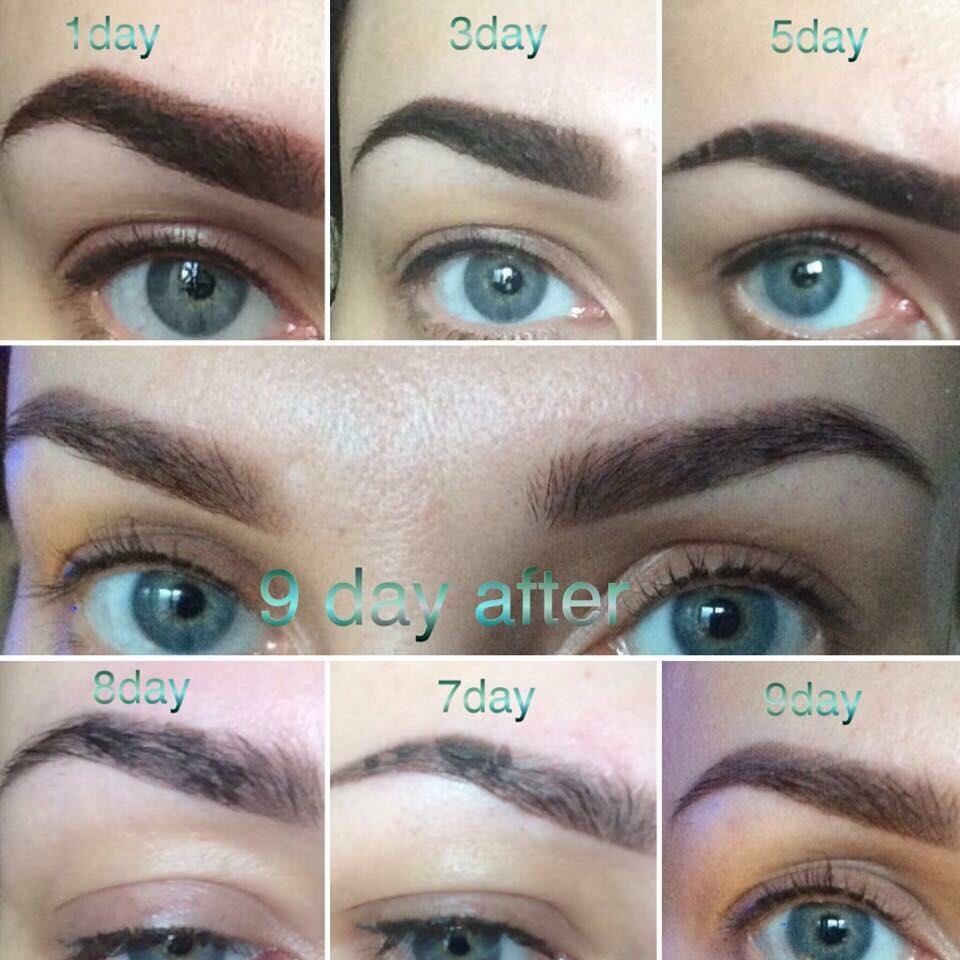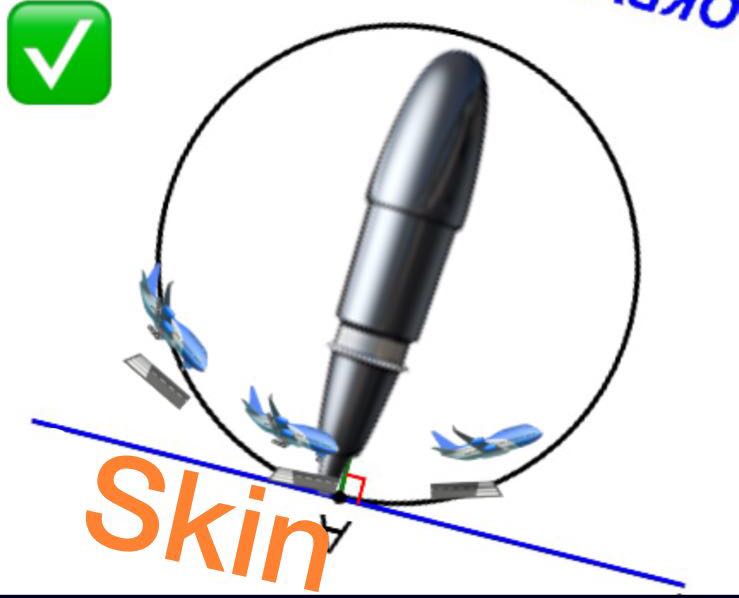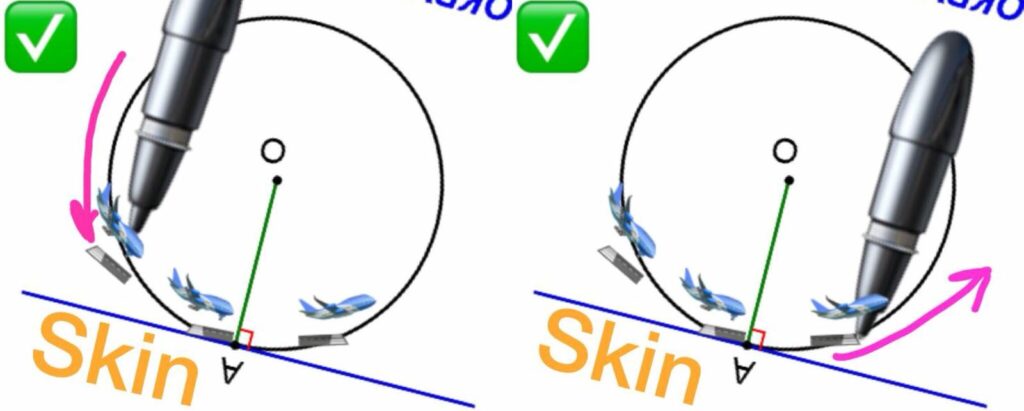Lesson 2 – Control of Effective work
Control of effective work
- If higher the speed then greater device makes the punctures. That means that more pigment should be in the skin. It's the way until the moment when the device starts to do empty punctures on the vibrating skin. That’s why we should feel the skin and maximum speed for it.
2. The different slope of the needle allows you to adjust the color intensity
3. Speed of the hands' movement and the length of stroke: If the movement-wide and fast, then the device makes fewer dots. If the movements are short and slow, then the device does more punctures and denser color.
- Configuration of a needle: Then more pin needles - then the pigment lays higher, but with a larger area spot.
- Pigment concentration: Concentrated pigment faster goes to color
- Laying of pigment depends on its physical and chemical properties. Different pigments are put differently, the right choice of pigment affects the speed
- The position of the needle also affects. From the shorter needle the more pigment drops. On a different length of the needle we feel the skin differently
- Sharpening of needles - sharp or bullet, texture or not.
9. Characteristics of the device, someone harder, someone softer.
- Wiping, If we clean very often then we have less color
- The skin stretching, on different skins, it can work or cannot
- The use of anesthesia has a negative impact
I'm constantly working with:
- For eyebrows, I'm using Dragonfly tattoo machine by Inkmachines in most of the procedures
- I like dark concentrated pigment, I put it transparently
- Power of my Dragonfly machine on power supply always about 6.5V for slow/short and 7.8V for fast/long movements
Now parameters which changing in my work:
- Needle – it can be 1RL or 3RL, or 5RL it depends of a skin
- The speed and length of stroke: from dots and short strokes to fast stroke about 1cm length if I need powder.
- The skin stretching. If skin too thin I stretch it less
- The slope of the needle, if nothing helps, I begin to increase the corner.
- Everything else on the circumstances, clearing frequency, anesthesia and etc.
About needles, everything is very simple
RL means R - round L - liner
RS - round shader
F - Flat
M - magnum 2 - rows of needles (M2)
- Small needle much effect, so 1 pin needle 80% of color after healing, 3rl can give you 70-60% of color, 5rl 50% ..... Etс. But ☝🏻if the skin is bleeding that means that I'm working to deep, so I'm changing the needle for a larger
- I start working with 1 point needle and if it's not working change it to 3 round liner, and if it's not working too, changing it to 5rl and if it's not working I'm taking hands tools (8 SofTap, or 2 rows 21 needles)
- 1 point needle only for good skin, 3 round liner is my favorite type of needle ❤
Let me explain why 3RL is my favorite needle:
3RL is less traumatic than the single needle because the single needle goes into the skin like a knife in the butter and it’s difficult to control the right depth. With group needle much easier to control, because 3RL needle can’t go into the skin so easy because of skin pressure.
More group needles working more surfacely, for example, 5 or 7 group needle works more surface than 3 for the same reason, that’s why for a very thin sensitive skin much easier to work with bigger needles.
But at the same time big group needles like 9 or 11 are not comfortable for work, because it’s too big especially for the tail area and it gives less retention, for example :
1 needle - 80% retention
3RL - 60% retention
5rl - 50-40% retention
So it’s much easier to control retention with smaller group needle

So this made by 3 rl and they have very good retention.
This is the basic movements of the ombré technique 👆🏻👆🏻👆🏻
We see that technique have-
- FAST/ SHORT movements
- The hand should have the support and be placed on the face.
- The needle placed at 90 degrees however the angle can be changed.
- Movement of the ''SUPER SHORT pendulum'' in one direction towards to you.
I recommend a movement towards yourself, it takes longer but there is no risk to implant pigment too deep.
-Position of the hand with pen
-The direction of movement of the tool towards yourself, the direction of motion parallel to the forearm.

- Skin is tangent
- Machine is radius
- Our movements are CIRCLE

Moving to the next lesson - common mistakes
